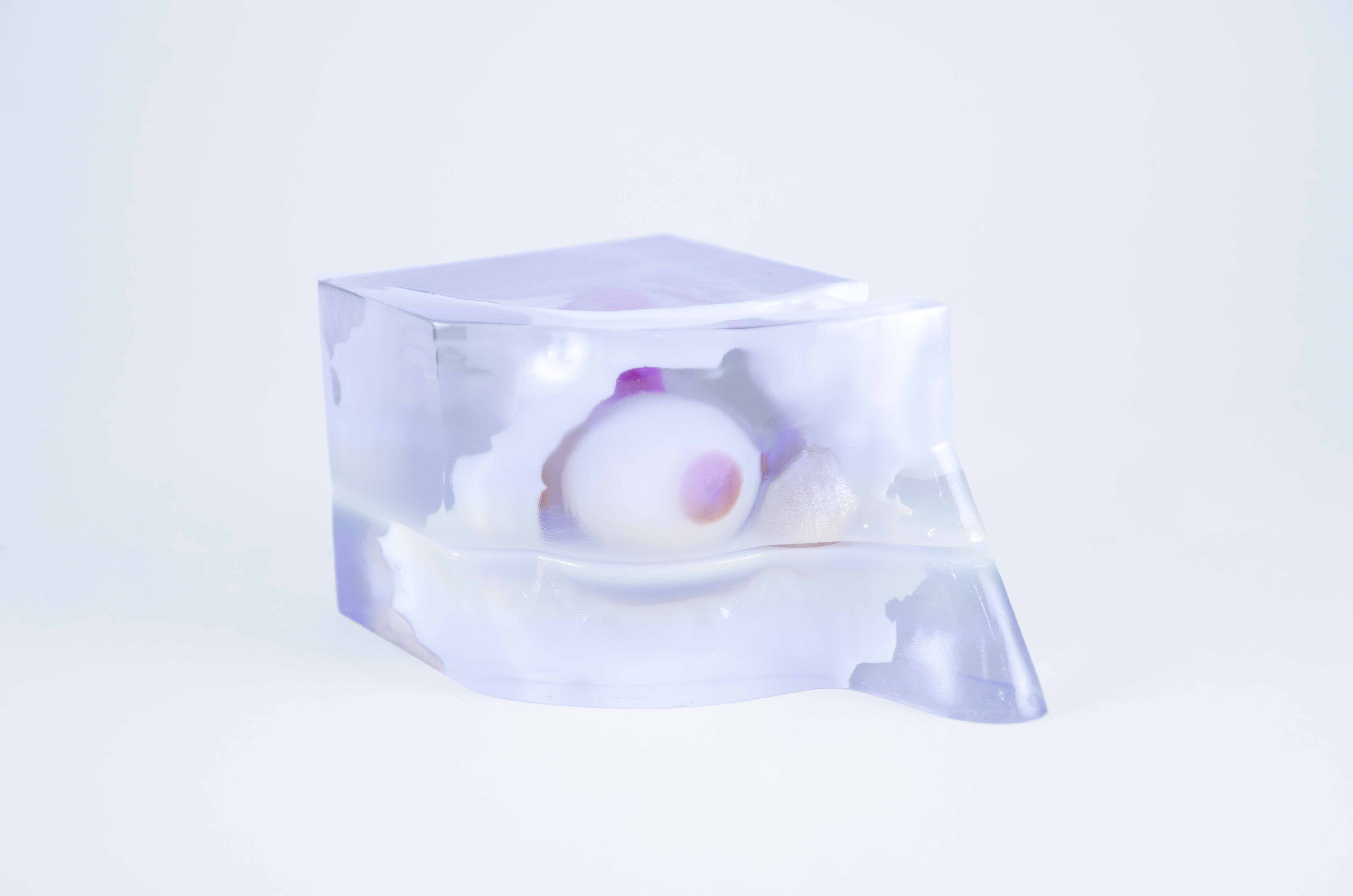

Although CAT images are highly accurate, 3D models give an additional element of safety. Being able to touch and feel the model and the tumour allows you to plan the intervention more carefully and see the structures you will be dealing with
AVINENT Digital Health launches its Med3dprinter® service to offer hyper-realistic 3D printing technology and expertise to hospitals and healthcare centres. The aim of this service is to give medical professionals access to new tools that will improve their treatment, diagnoses and approach in different situations.
Using advanced technology, 3D printers create hyperrealistic models with an unlimited range of colours, textures and materials to give each reproduction the right appearance for each case. This 3D printing service has many different applications that can facilitate the work of medical professionals by improving patient-doctor communication, or allowing the physician to make a more in-depth study of the patient to be treated.
In this article, we report the case of Dr. Neus Busquet, head of the ophthalmology service of the Althaia Foundation in Manresa (Barcelona), who decided to print a hyperrealistic 3D model in order to obtain a more accurate picture of the scheduled surgical procedure.

The image shows how segmentation of a radiological image allows us to select and segment the elements we want to differentiate in the printed model.
The model in question is that of a patient with a lacrimal sac tumour. The aim in this case was to obtain a realistic reproduction showing the relationship between the tumour and the surrounding elements.

The image shows how the different textures and colours available in 3D printing help improve visualization of the different parts of the area to be treated.
According to Dr. Neus Busquet, one of the main advantages of this type of model is the possibility of approaching the problem from a physical perspective. Unlike 2D imaging, which requires a great deal of imagination to see the case from a physical perspective, 3D modelling allows you to progress from visualizing the case to actually touching it.
 |
“One of the main advantages of 3D printing is the possibility of approaching the problem from a physical perspective.” Dr. Neus Busquet |
Dr. Busquet emphasises that, although CAT images are highly accurate, 3D models give an additional element of safety. Being able to touch and feel the model and the tumour allows you to plan the intervention more carefully and see the structures you will be dealing with. Furthermore, says Dr. Busquet, they give you an additional tool for communicating with your patient, should it be required. Another feature that differentiates these models from monocolour reproductions is the ability to see at a glance all the different elements involved. A 3D model with different colours and textures brings us much closer to reality, and this can be of considerable help to the professional.
 |
“Although CAT images are highly accurate, 3D models give an additional element of safety. Being able to touch and feel the model and the tumour allows you to plan the intervention more carefully and see the structures you will be dealing with.” Dr. Neus Busquet |
Ideally, hyperrealistic anatomical models should be used in all interventions, according to Dr. Busquet. But if this is not possible, they should at least be used in complex cases, adding that it would be very positive to be able to reduce printing times to be able to obtain the model in a matter of hours.
The 3D printing of this model was carried out using Material Jetting technology, and different types of materials, colours and textures were used to simulate the bone, soft tissue and tumour tissue to be removed. AVINENT is committed to developing new solutions for the Med3dprinter® service that will help professionals improve the treatment they offer their patients.
Collaboration: Dr. Neus Busquet | Althaia Foundation
![]()